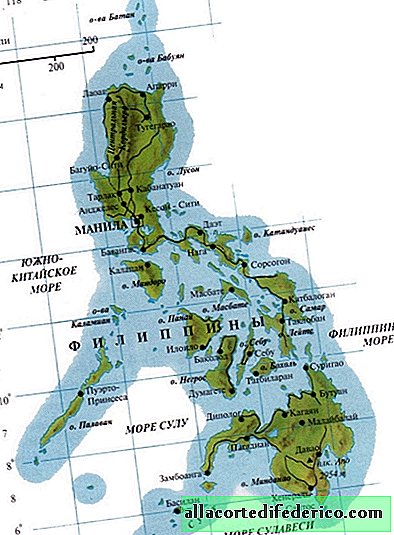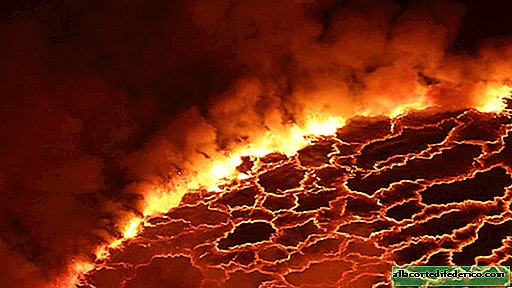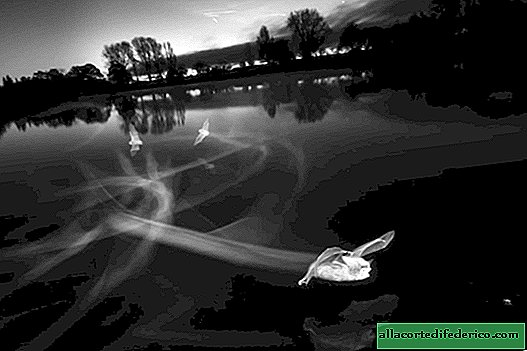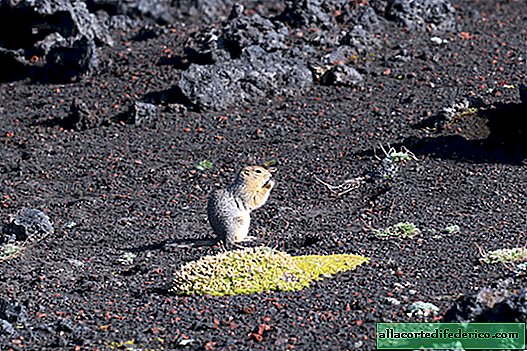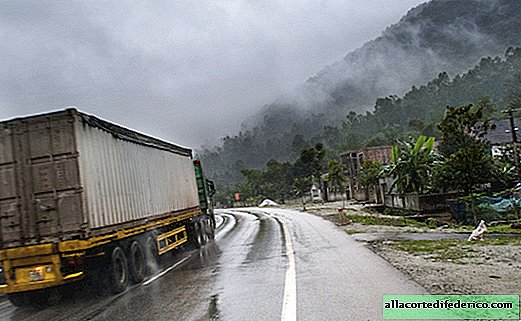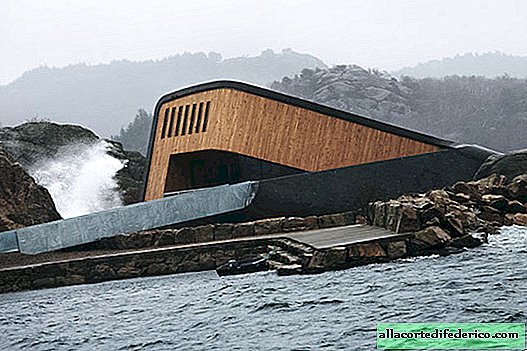Jupiter's "Golden" satellite: what is hidden behind the bright yellow shell of Io
If you look at the photo of Io, it may seem that we have before us a planet of pure gold, on which there are oases with water and lush vegetation. In fact, this is not so, and the yellow color of the celestial body is not associated at all with gold, but with sulfur and its compounds, which occupy most of the surface. What seems like oases to us is actually either a lava lake or an active volcano, which astronomers have already counted more than 400 on this celestial body! Welcome to Io, the satellite of Jupiter, which is considered the most volcanically active celestial body in the entire solar system.
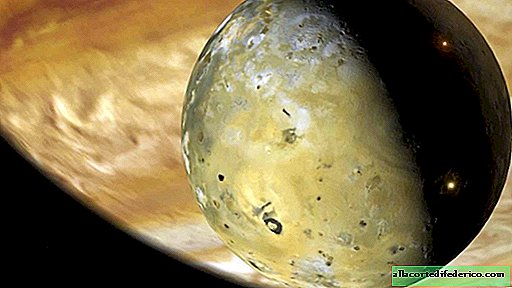
Io is very different from its counterparts - the rest of the Galilean satellites of Jupiter, both in external signs and in internal structure. Many large moons of Jupiter and Saturn are covered with ice and even received the name of ice moons. But this does not apply to Io - it is covered not with ice, but with volcanoes and lava flows.

Due to the high tectonic activity, the satellite of Jupiter looks very dynamic: the eruptions here do not stop even for a minute, and the erupting lava flows significantly change the appearance of Io. Even in photographs taken with an interval of several months, visible changes in the appearance of the hot satellite. It is believed that in our solar system there are only two celestial bodies, where there are active volcanoes. This is Earth and Jo. By the way, the internal composition of Io also resembles the Earth, like other planets of the earth group. It consists of an iron core, silicate compound and magnesium. Most likely, our planet at the dawn of its existence looked about the same as Io looks today, so looking at Io, you can go back 3 billion years and see the Earth. But why exactly on Io such incredible volcanic activity is observed, while neighboring Ganymede and Europe are cold, stable and covered with ice?

Such activity of volcanoes, according to astrophysicists, is associated with the location of Io relative to Jupiter and neighboring large Galilean satellites. A little more than 420 thousand kilometers separate the satellite from Jupiter - this is a very close distance, and the satellite is under the strong influence of the gravity of the giant planet. In addition, it is influenced by the gravitational fields of large Ganymede and Europe, under the influence of which it periodically falls. For this reason, the bowels of the satellite experience multidirectional gravitational influences, causing heating of the inner layers and active volcanism.

But do not assume that Io is a solid volcanic ball. There are areas relatively far from volcanoes where the temperature drops well below zero. But there is no ice on this satellite - everything that could evaporate has long evaporated and flew into outer space.


